Capt. Jack brings out the white board to give us a visual on his expert tactics for part two of his big black seabass breakdown.
Transcript:
hi i'm captain jack sprengle
today i'm back here at the saltwater ridge to dive a little deeper into the subject we spoke last time black sea bass fishing here in the northeast particularly how it pertains to us here in southern massachusetts rhode island and the eastern side of connecticut black sea bass are really exciting fish we talked about the gear what we'd buy and how we'd set up for them but today we're going to talk about how we find them how we target them and a little bit about the species themselves overall a little bit of tips here and there and some of the things we like to employ on my boat to get us a little bit better catch rate first to understand black sea bass you got to know that they come here they're migratory fish they come up here into the northeast and they generally will show up in the late spring early summer they tend to like water temps between about 50 degrees up to about 65. obviously nature has its own way of doing things you will find them on either side of that but that's usually the water temperatures i'm looking to target these fish in again don't get that confused with the surface temperature of the water sometimes you might be in a spot in the middle of july where the surface temp looks like it's 70 something but it is still cooler on the bottom and you'll you'll actually notice that while you're reeling some of these fish up from the deeper water their skin temperature is much more cold to the touch there are polygenius hermaphroditic fish that is to say they can actually change their gender and generally what happens is these fish are all born female and over time they're gonna actually as they get larger if there's a demand for a male in that group they'll actually change gender those larger males are much more territorial and they're fewer and far between so unless you're targeting these fish during the spring spawn or later in the season toward the winter when they move into deeper water and there's less structure to find you're generally going to have to cover a lot of ground if you're targeting those much more colorful larger males so most of the hookups you're going to have are going to be the females of these fish and depending on the size teaser what water you're in and the area you're covering you're probably going to be catching more smaller ones but we'll get into a way to focus more on the sm on the larger fish versus the smaller fish the early spring fishery we're going to be in about 20 to 40 feet those fish come in here you know right around may into june and they'll fill in a little bit to the west of us in massachusetts first and then they back slide in here to rhode island those fish are going to be in 20 40 feet of water we're going to be using lighter jigs lighter weight and we're going to be covering a lot of structure there's a lot of structure available close to shore so rock piles wrecks drop-offs reefs sending along those lines you're going to be able to get them very good one of the other things that we'll do is as the summer moves on we'll start sliding out into deeper water deeper water structure can be intimidating for newer anglers so it's a good idea to kind of focus on fleets uh you may see a party boat or maybe you see just a lot of activity in an area generally the black sebas are on the same food sources that the flounder are on so if you find somebody targeting summer flounder that'll give you an idea on your depth and your contour line i'm not saying go out and sweat every boat you find out there that's targeting bottom fish but once you look at the area and you've got that depth idea it might be a better way for you to be able to target the temperature the bottom you're looking for in that general area don't be afraid to cover ground ultimately what it comes down to if you're going to hook up with more of any fish species is a little equation and it comes down to luck and i mean there just could be you know maybe a striper tried to eat one of these big sea bass and then he turned left instead of right there's luck factor involved in where these fish will be percentages and that's the thing we're going to focus most on today percentages is what little things can you do from focusing on your leader height focusing on your drip how well you're holding bottom the temperature of the water all these little things you can do that might increase your chances of connecting with the right fish that you're targeting by one percent two percent three percent over time will increase up to fifteen twenty percent and i've got a much better chance getting up earlier fishing both sides of the tide all these little things can add up and then the last thing that happens is just time on the water you got to put time in on these fish you got to be afraid to not just cookbook off of something like myself is saying here online but you want to take this and then go develop your own style your own trick your own water to cover so we'll talk about the bite things that'll affect this bite are generally tied availability of a specific bait source and what kind of bait source that is and the structure and then how all of these play together one of the biggest things that i'll focus on first is tide with any species especially up here in the northeast where we have these turbulent currents and all the bottom is rocky and full of structure is tide tends to concentrate the bite for a number of reasons when the tide is running many of these fish won't sit out in the open current and fight it they're going to get on the back side of some kind of structure and they're going to hold that'll look something similar to this you may have a rocky piece of bottom or here's your bottom you have a large piece of structure maybe that's a rock the tide is pushing hard this way
and the fish are going to orient themselves to the back side of that because they're going to be hiding outside of the tie and they're just going to be letting any kind of small bait source or some kind of object of food come to them and feed on it and as an angler you want to be able to take advantage of that understanding how those fish will orient to that structure will allow you to use your other electronics to be able to dial in on these fish you're using your electronics to mark the bait on the bottom and then you're going to worry more so about how your boat sits in relation to this structure or even finding the structure in the first place depending on the type of fish finder you have you've got two choices for locating structure outside of just your traditional navigation screen or your fish navigation screen maybe your screen is showing something uh your vessels here and you can notice there's a pile that says rocks here okay that's one way you know pretty good idea in that area you're gonna have structure but another way that you're going to be able to find them is using your sonar and sometimes the sonar you might find a piece of bottom or an old abandoned pile a fishing gear or something that isn't on the chart and that's the kind of spots you're going to find really good sea bass fishing those pieces of structure that most people aren't targeting or focusing on one way to do that is to literally take your boat and if this is a contour line there's a couple of them here take your boat and on its course sweep it go back and forth go back and forth back and forth and what that's going to do is give you a swept larger picture of what's on the bottom and you may doing this you might find that one lobster pot or some kind of piece of structure on the bottom that's going to stand out more than another the other option you might have is side scan or structure scan side scan is going to shoot away from the boat and look at both sides and cover a specific amount of bottom depending on where you adjust that screen so you're looking in every direction possible at the same time regardless of how you decide to find bottom or whether you are looking for bait or whatever source that happens to be it's important to be able to stay on top of these fish one beautiful option for that is something like spot lock if you have a trolling motor on your boat if you have the patience and the ability you might use an anchor to stay over the top of them but what is important to understand is almost with every single drift you do especially if there's a heavy tide your drift will slowly canter off course with each consecutive set so one way to really make sure you're staying on top of the structure if you're trying to drift over sea bass or a good piece of bottom is to take your fish finder or your navigation screen in this case and go to a north up orientation personally for me i like to run with a course up orientation whenever i'm navigating it's just easier for me but when i do target structure or if i'm focusing on a drift i will set my screen to north up orientation what that'll allow is if i'm staring at my screen and this happens to be the piece of bottom that i'm drifting over my first drift may have gone right over the top of these and i did very well but again i don't have spot lock and i'm not anchoring so i'm trying to stay over the top of these fish if i watch that if i go to that exact same spot again and do a drift you'll actually notice it'll cancer slightly off course so now my next drift i'm going to try to compensate for that and put in here so i drift over it and over time you'll actually notice you make these very small adjustments it'll keep you over that one piece of bottom if you don't do that and you just keep going to the same spot you'll notice that over time you just start to fan out away from it okay so then you're relying more on luck you're not focusing on that piece of structure like we spoke about before so it's a good idea to either set your drift up by setting a north up orientation on your screen to stay on the structure or you can simply stem the tide it's something i've done for striped bass for years and it works very well for sea bass and other game fish and that is to say get over the top of the structure especially if you have a jig bite and you're not as dependent on a drift you know where the fish are you know what piece of bottom you want to fish and just put the rear of your boat it does work better when you have wind and tide together but you stem your rear of your of your vessel into whatever the more powerful influential forces so maybe it's wind or maybe it's tied whichever is stronger put the back of your vessel into that and just make slow little adjustments on the throttle to keep your boat over the top of the fish and then you can target structure that way again when i'm targeting larger black sea bass i'm not going to stay on one piece of bottom until if i get a couple of decent males off it and i start getting a lot of the smaller fish i'm moving i'm looking for another piece of structure another piece of bottom because again all those larger males are much more territorial than the smaller females are so basically using your electronics can have a huge influence on how successful you are targeting these fish once you've marked them you want to understand what kind of bait you have around and you've got to make a choice am i going to jig for these fish am i going to use bait for me personally if i have them oriented on a piece of structure like a large rock or or a wreck or a big hump any kind of conspicuous piece of bottom that's holding these fish i'm probably going to jig them first i'm going to stay right over the top of the fish jig away if i don't get hit on the jig i will resort to bait if i'm in an area where there's not a real big area that has a lot of concentrated structure there might be a little dent here a little rock there or a bottom maybe there's a maybe i'm flounder fishing you know maybe i'm covering water that way then i will switch to bait just to make sure i know they're around and it's going to make less it's going to take less effort for me to fish the bait one such way to do that you know you are allowed to fish two sets of gear here in the northeast is to use a dead stick rod so maybe you want to jig one rod or maybe you want to fish two high low rigs like we discussed earlier just make sure you're holding bottom correctly at that 30 degree or less angle the reason for that not just is it better for the hook up and give you a better presentation with your baits hanging off a nice vertical line but it's the number one way to reduce getting snagged on the bottom one of the biggest complaints i have with people when they are targeting black sea bass they're like i always lose my expensive jig i just bought and i can ask them right away you know is it because you're drifting at an angle do you have a huge scope in your line and more often than not they don't have enough weight on or the tide is too strong and that's the case when you have a long angle on your gear so this is your boat let's use a better color this is your boat on the surface okay i'm not an artist you got the water here and you're drifting straight up and down on the bottom if there's a piece of structure here you're going to hit it and feel it and you can compensate for that if that piece of structure happens to be well behind you and your scoped way out it's very difficult for you to be able to make a move to compensate for that structure you're almost always going to get hung on that you can get one thing i will suggest is not just right away if you do get hung especially got a nice expensive jig on there just yanking away on and pulling because that's just going to further gorge that hook into whatever it is maybe it's a kelp bed maybe it's a rock one of the best things you can do if you do feel bottom is to open your bail or open your spool hold the line pull as fast as you can and let go sounds like a slingshot down the line it's been a huge trick for largemouth bass fishermen for years and years and i use it frequently when i'm bottom fishing here in the northeast it does give you a little bit of a chance if as long as you haven't set the hook or gorged it right away to break free or to send a shockwave down the line and free you from the snag it's a very useful tool
bottom line like i said it's just staying straight up and down is going to be a very effective way for you not only to have a better presentation to these fish but it's also going to help you avoid getting hung on the bottom when it comes to jig size i try to match whatever baits around if they're squid around i'm going to use larger jigs i'm going to use pink jigs browns glow-in-the-dark colors if it's sand deals i'm going to use natural colors silvers browns greens slimmer profile jigs when it comes to weight you just want to make sure you're holding bottom for me personally i try to go with a minimal amount of weight to stay within that 30 degree angle on my drift and that may change throughout the day as the tide picks up or if the wind shifts just adjust your jig weight so that it's the lightest it can be but still get straight up and down as much as possible in the water column you don't want to go with something super heavy out of the gate especially if you're jigging because it's going to tire you out so it's much more effective for you to just kind of titrate that weight to be just enough to hold vertical in the bottom you're going to use less energy to catch those fish and you're going to stay right where you need to be for the strike zone and reduce your hangs overall like i said before it really comes down to time on the water being willing to try new areas and cover the ground necessary understanding that these larger bass are going to be more territorial they're going to break off with smaller groups of females so once you've caught a few decent males if you go back over your drift or your stemming or your spot locked over them and the bite stops don't be afraid to go try new ground you know use tools like other boats to get a general idea but it's going to be a much more rewarding experience and likely a better day of fishing overall if you're willing to once you've located the piece of bottom or the temperature or the depth you need go out and find your own spot zoom in more on that chart zoom in a lot more on that chart i find a lot of times when i'm talking to friends and they're like look at this rock over here and they run over to it like oh there's supposed to be a rock here and i'm like hang on i tap zoom on the screen and they're 200 feet away from that rock so zoom way in on the screen if you're trying to find a very specific piece of bottom and correlate that with the use of your sonar whether it be side scan or whether you're sweeping all these things are you know i'd love to just tell you there's a magic lure to use for sea bass or a magic bait but really it's very simple it's more about the process than it is the actual artificially attracted use the freshest bait you can try to get away with jigs as much as often because you're less dependent on the the frailty of the bait and you're going to reduce your likelihood of smaller fish nipping away at your bait and feeding on it but when you've got a covered ground double high low rig it throw one in the dead stick and fish one cover the ground black sea bass you know you will catch them because they're a great eating fish one of the best things you can do with them right away is to bleed them and ice them if they're the correct size you are going to retain a few for the dinner if you're not going to throw them back here you know you'll find very quickly with bottom fishing fleets that the seagulls and the cormorants will sit right next to you these guys are often caught in 60 feet of water or more throughout the summer they're staying in that ideal temperature range you throw them in the water right after that and their air batters are full when the air bladders are full they're just going to sit there and float on the surface so it's not a bad idea to get a little venting tool and i'm sure we could probably do a video here on just basic venting here at the saltwater red to show you how to use them as well but by doing that you won't sit there and feed the local seagull population you'll allow these smaller fish to get back down to the bottom and become much larger males later on when they decide to make the change that's basically the gist of how we like to target black sea bass now that we've covered both gear and the hows and whys if you have any more questions drop them in the comment box below here at the saltwater edge we'll be happy to answer them for you
you




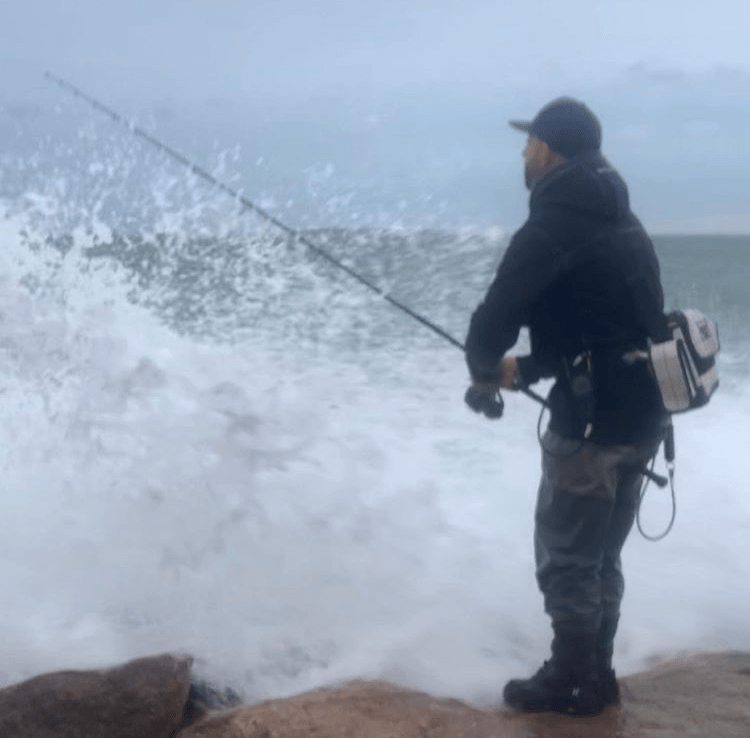

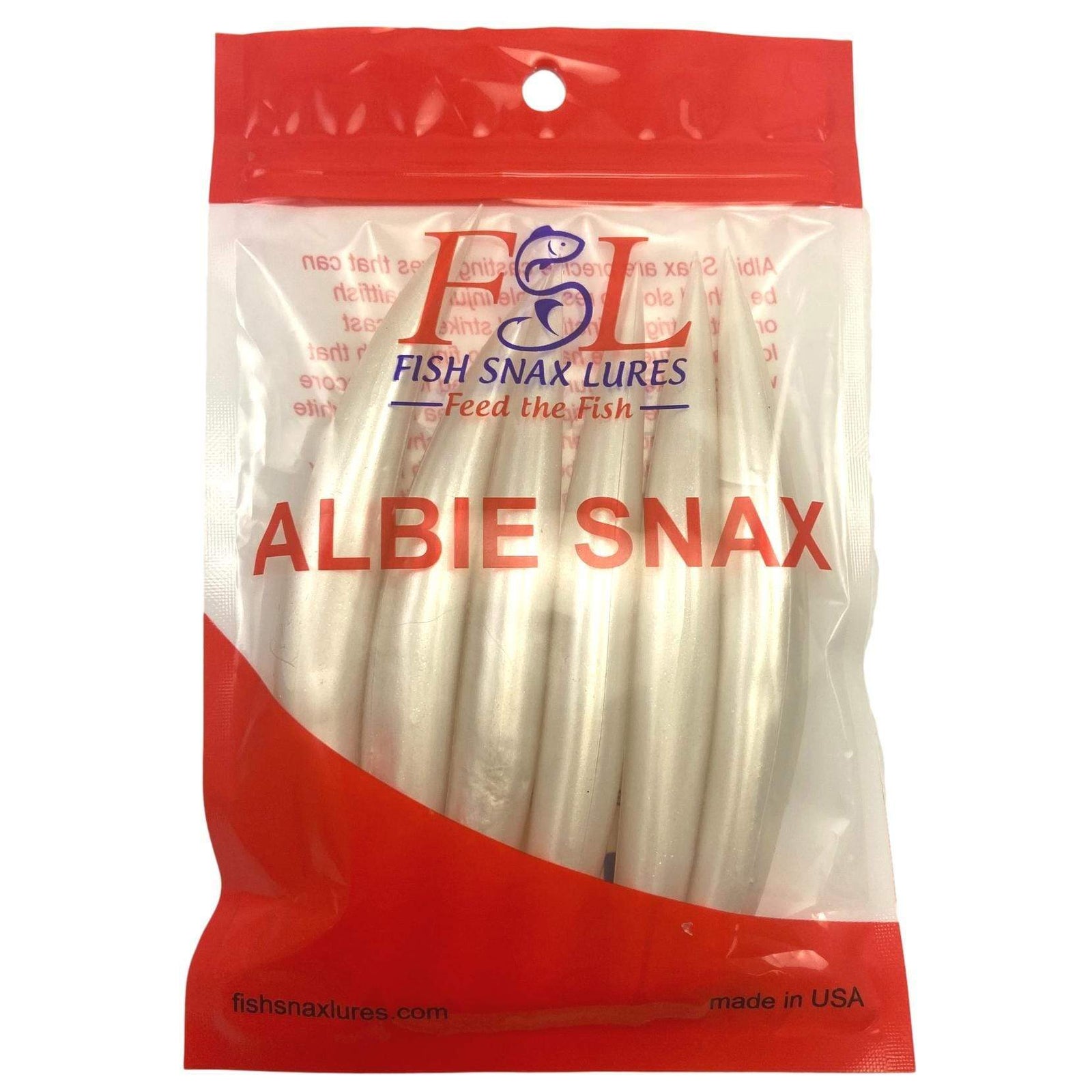

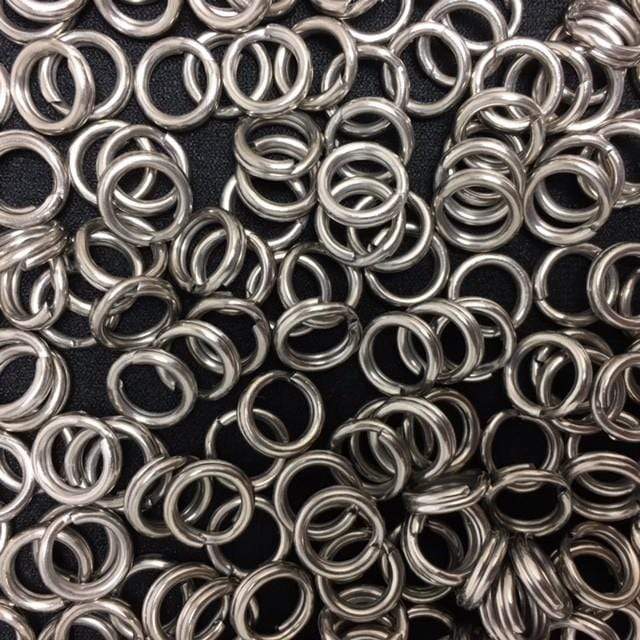
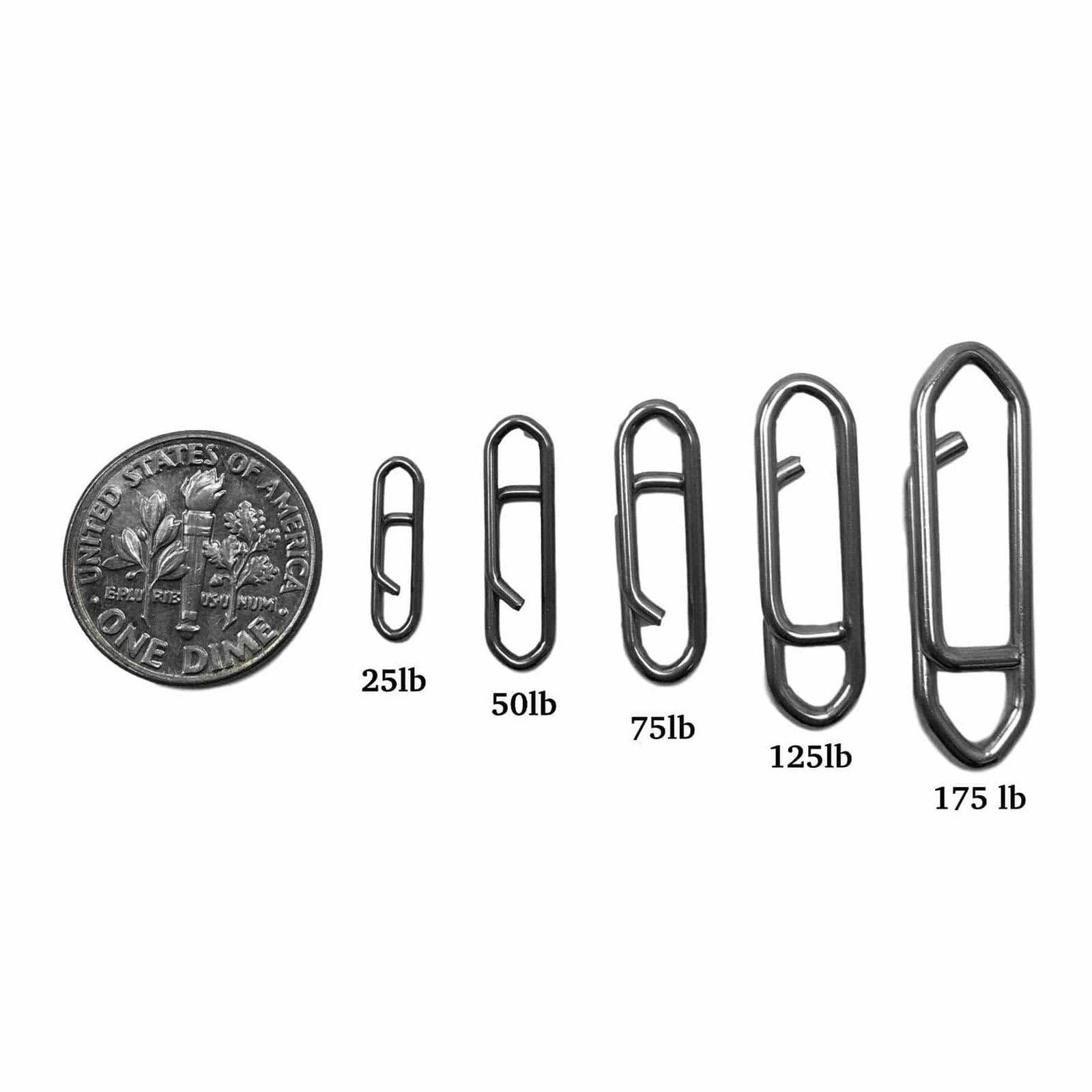

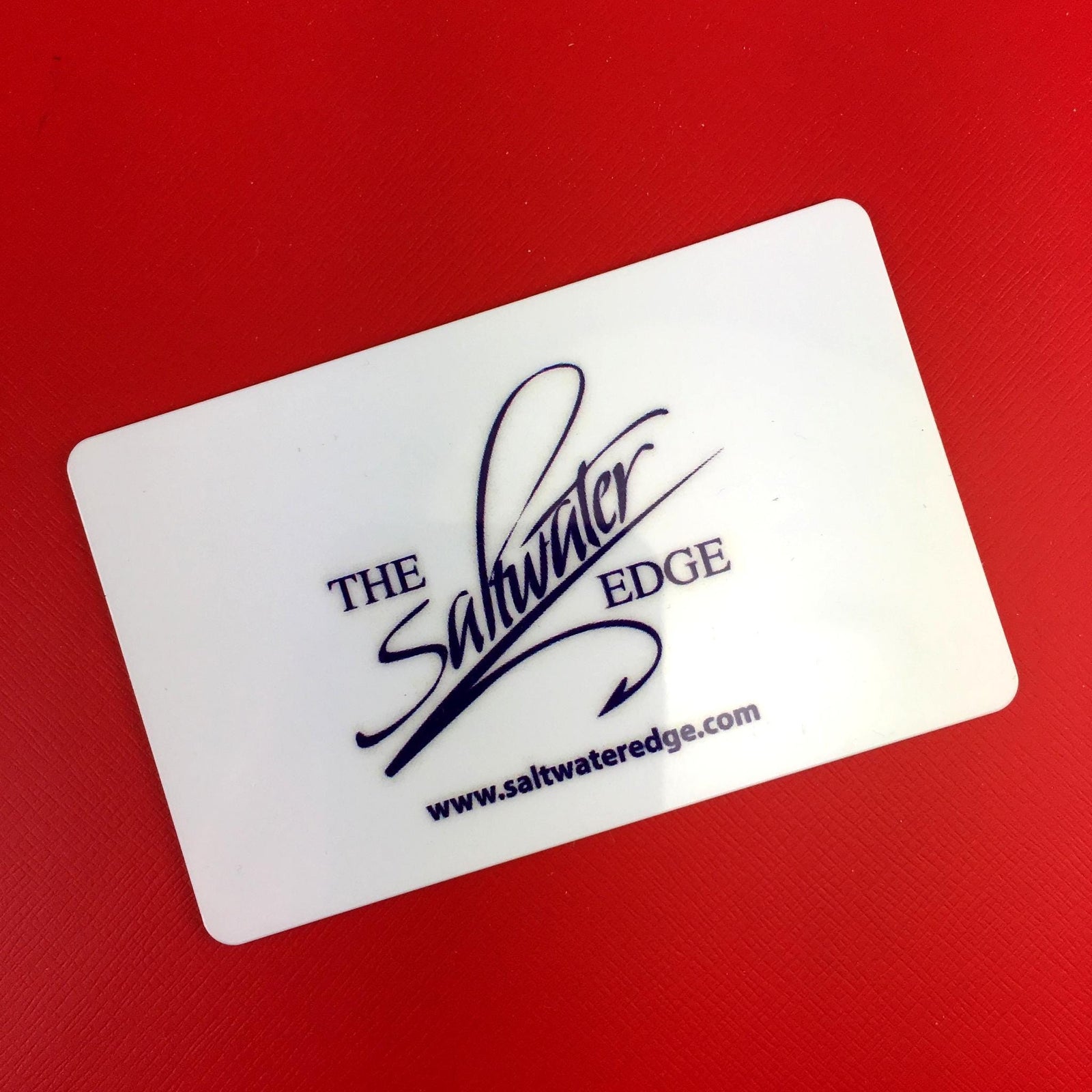
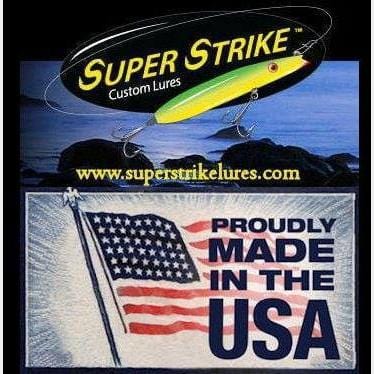

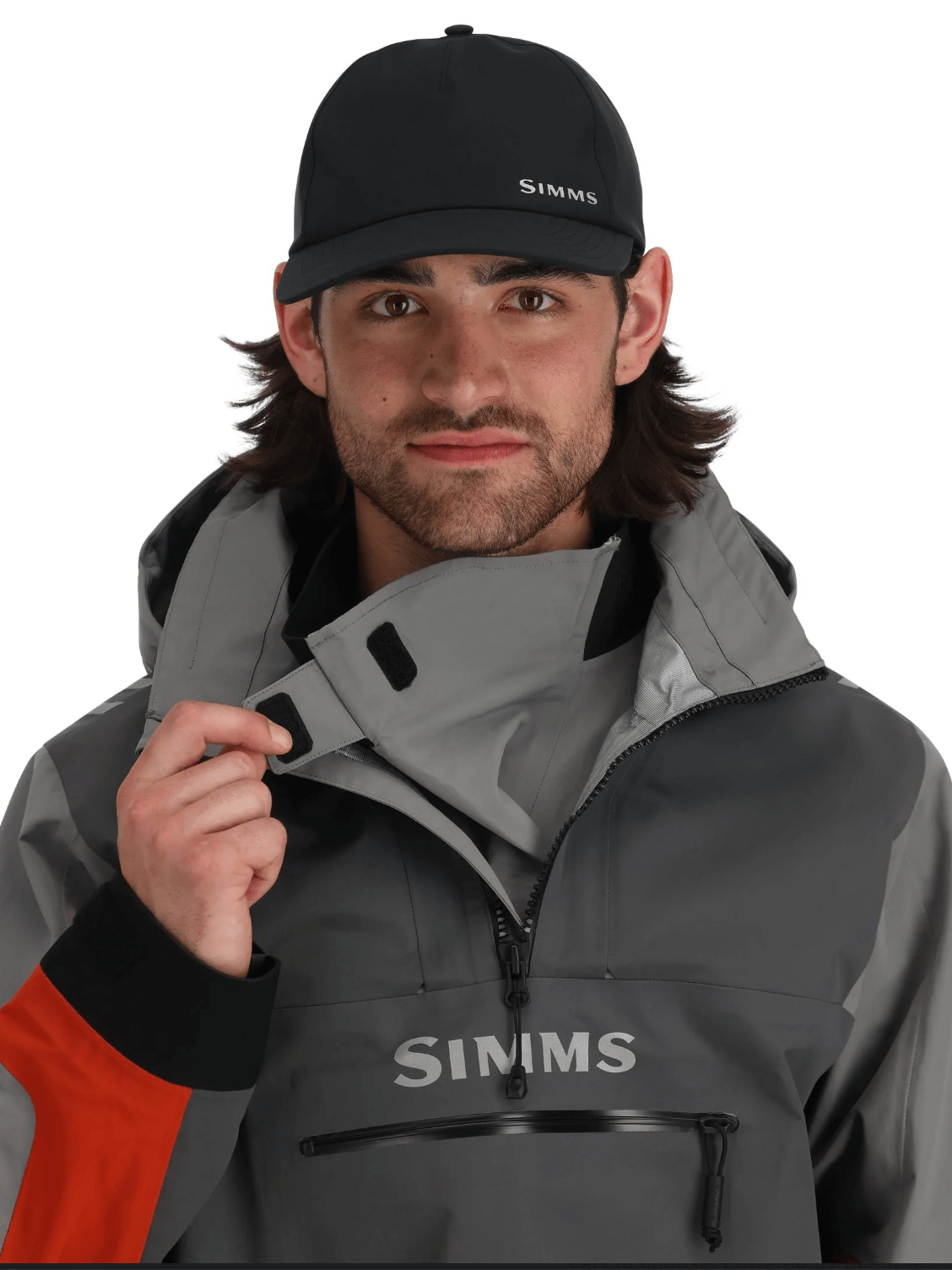

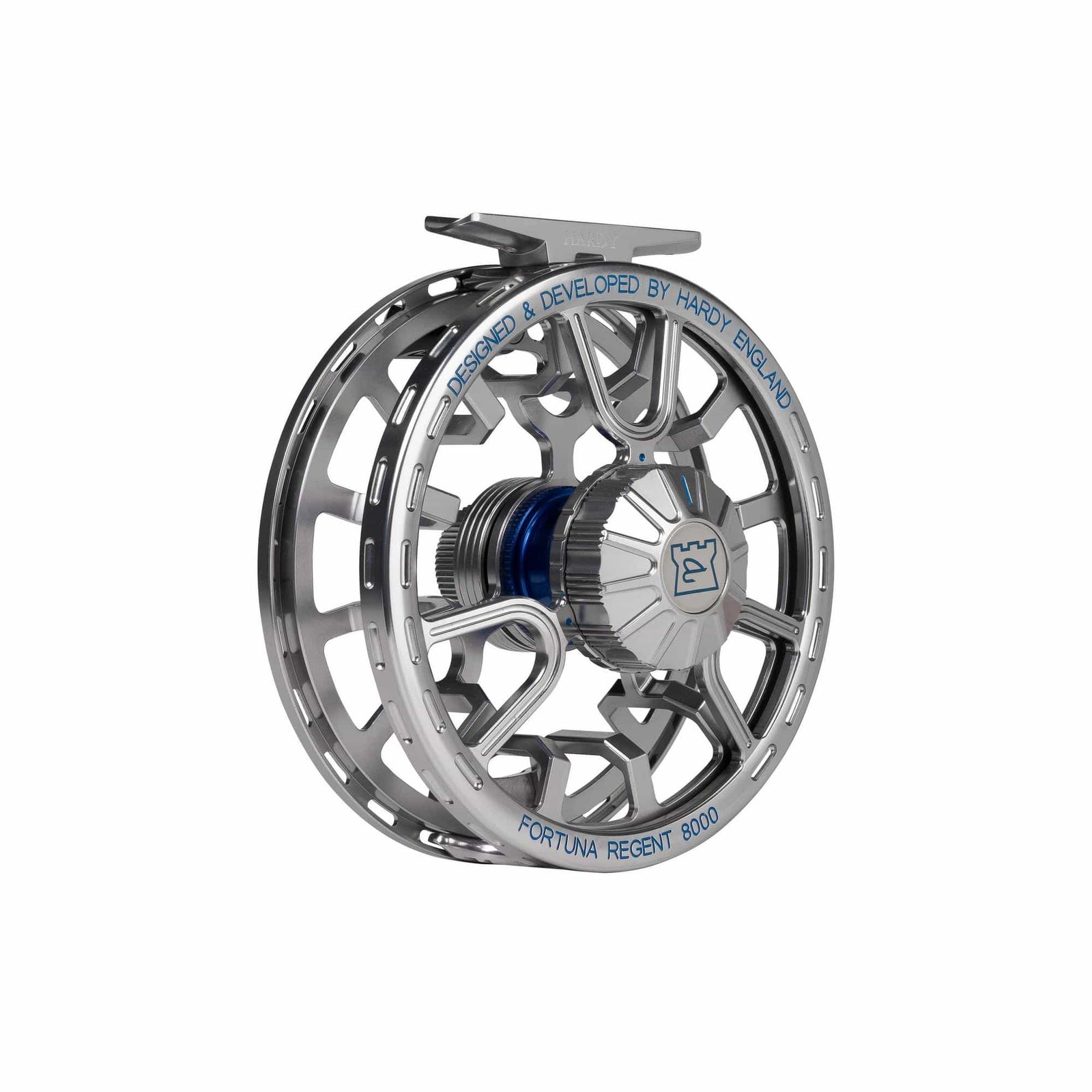
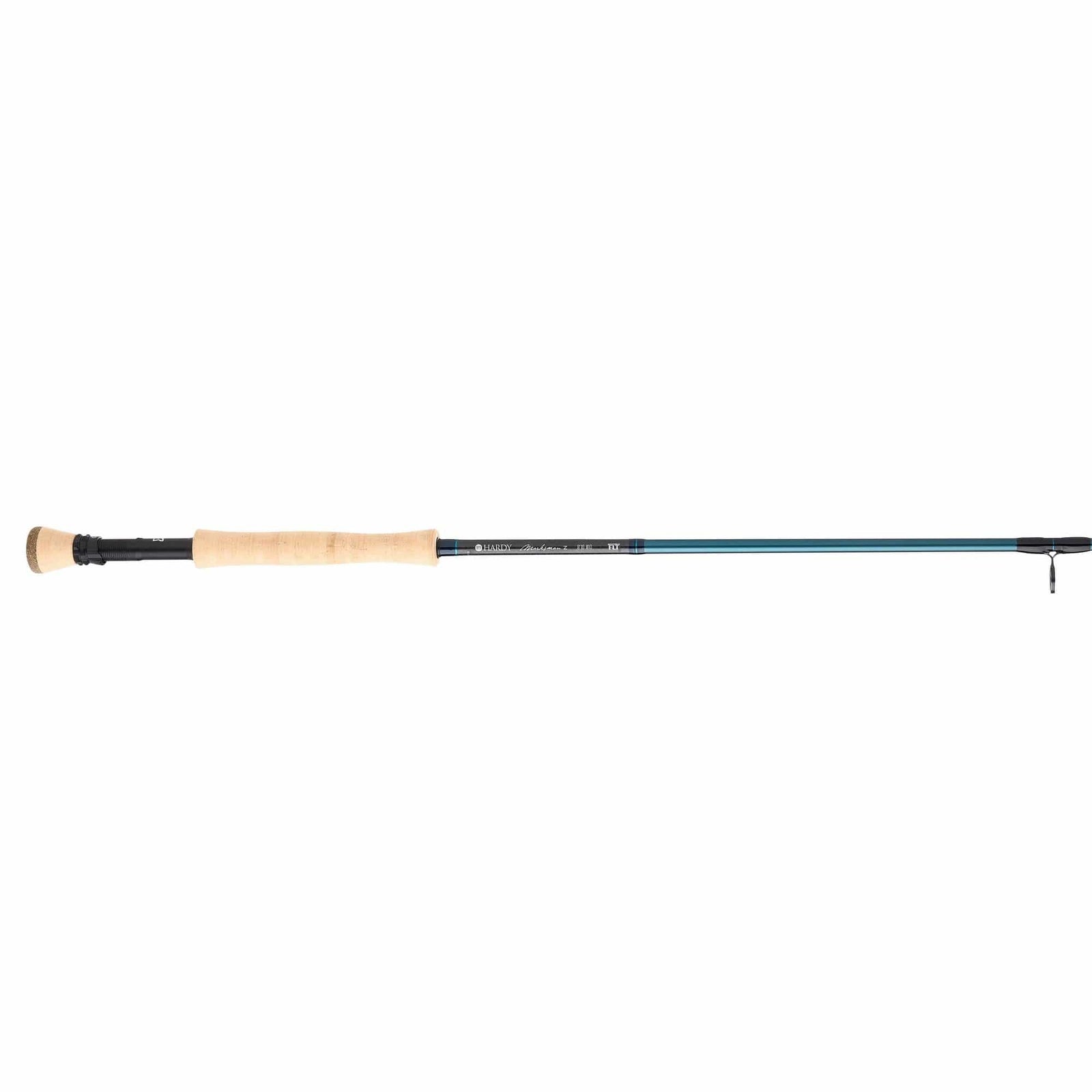

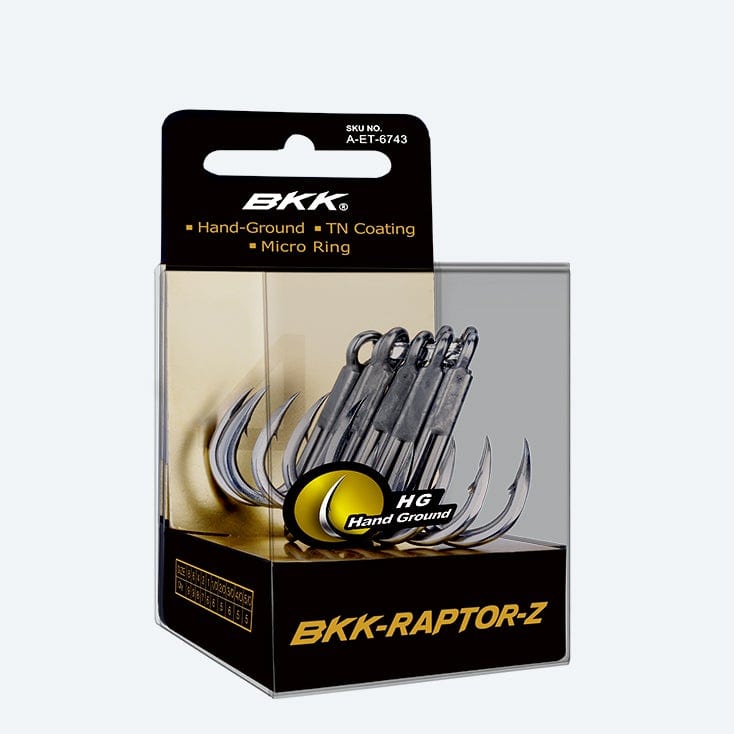
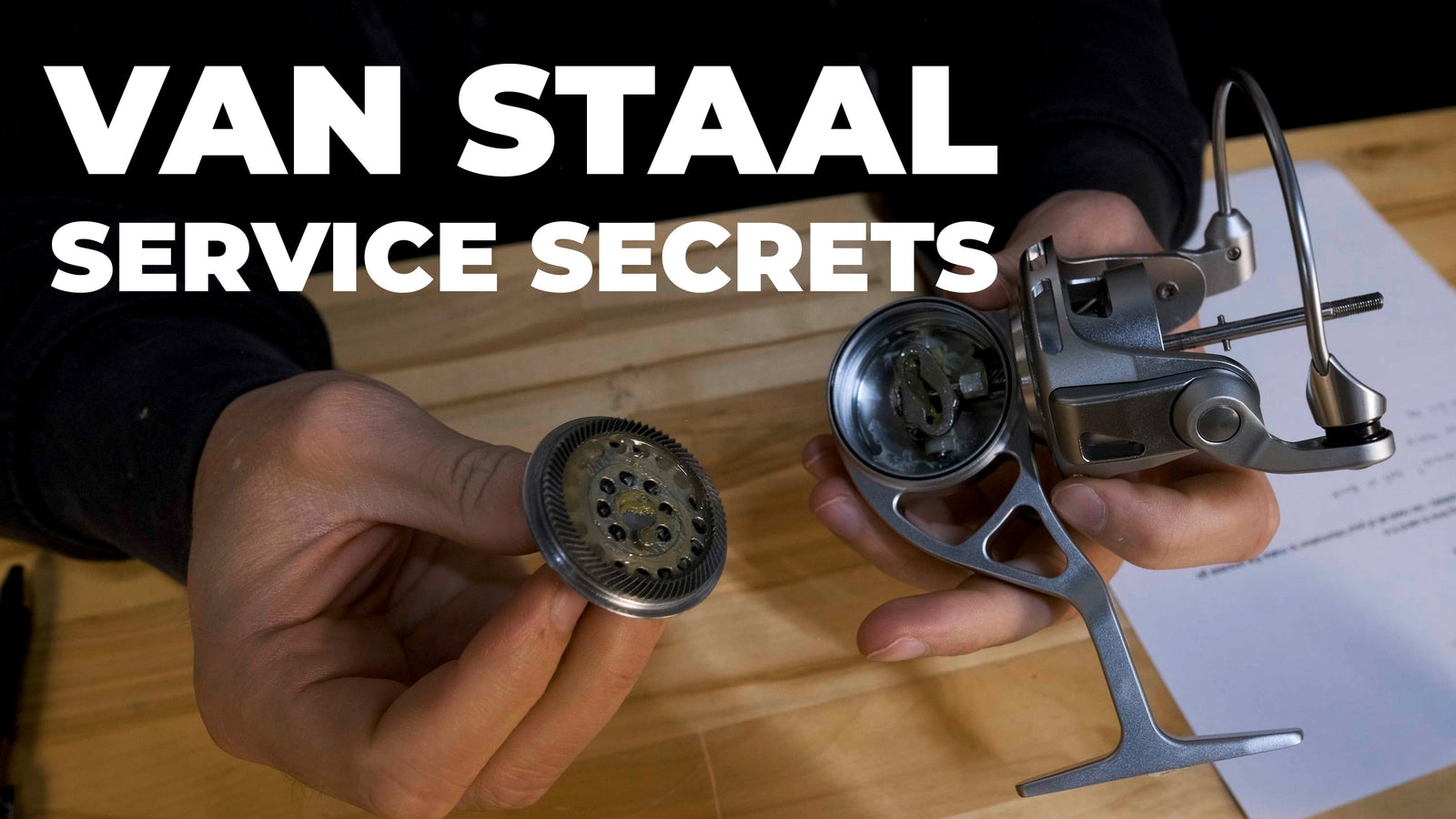


Leave a comment (all fields required)